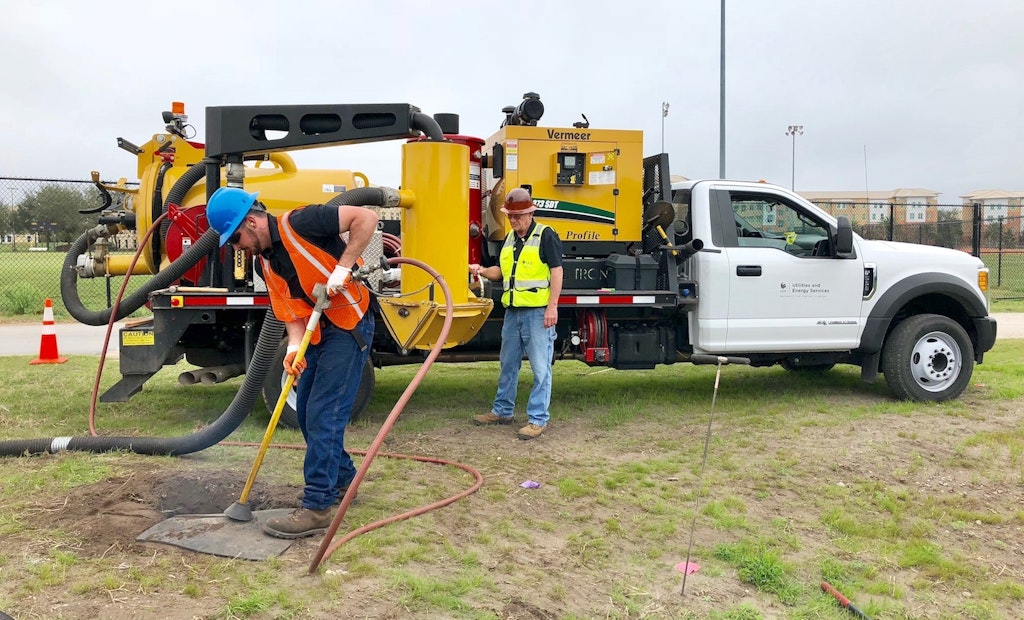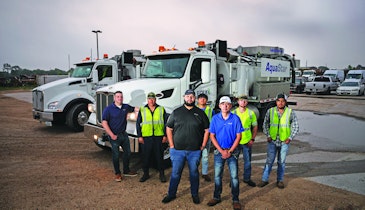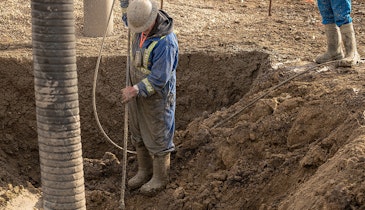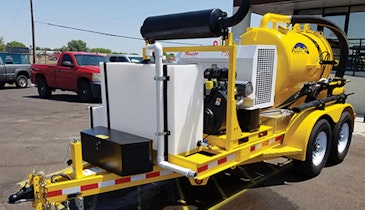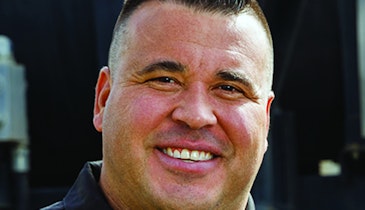Interested in Vacuum Excavation?
Get Vacuum Excavation articles, news and videos right in your inbox! Sign up now.
Vacuum Excavation + Get AlertsThe University of Central Florida purchased a Vac-Tron AIR 373 SDT vacuum excavator in 2016 and shared the benefits this unit has created for the facilities.
“We didn’t have an initiative on campus to do soft digging and locating, so we went looking for a solution and Vac-Tron came out to be the best value for our money,” says Anthony Lugo, UCF utility supervisor.
Some of the initiatives that UCF utility workers handle daily include identifying and mapping the location of utility lines.
“We have a lot of old utility lines in the ground that haven’t been located in many decades. They have never been marked properly, and it is our job to find them, mark them and put them on the map. Finding those lines can be time consuming and intrusive to the property. But the biggest obstacle, when you are part of the utility crew, is safety, you don’t want to hit electrical lines with a shovel,” Lugo says.
The utility crew is also responsible for emergency water line breaks. “Prepping the area for a water line break repair is a tedious job and time is of the essence.”
Solution
The Vac-Tron AIR 373 SDT vacuum excavation unit is powered by an 83 hp Yanmar diesel engine and comes standard with a 300-gallon debris tank, air pressure of 150 cfm at 170 psi, hydraulically operated full-open rear door with auto-engage safety latch, and one 100-gallon water tank. This unit also has the patented remote debris tank, which collects the dry material and then can be positioned back over the hole to put back into place without causing much disruption to the surroundings.
Upgrading from traditional methods of excavation, an excavator or hand shovel, to a Vac-Tron unit has greatly increased efficiency for the UCF utility crew. “It made things faster, it made things safer. It saves us a lot of time, what used to take four to six hours, now only takes one to two hours. We aren’t spending any unnecessary time doing a job,” Lugo says.
“The biggest thing is safety. The Vac-Tron unit allows us to be safe in an expedited fashion. This is considered soft digging, which is just basically pulling the dirt out of the ground so you’re not striking anything. You could hit a high-voltage electrical line, high-pressure water or gas line, any number of things, and the Vac-Tron AIR unit helps to eliminate that.”
Results
- Potholing quickly to locate old utility lines for identification and mapping
- Four to six hour projects now take one to two hours
- Respond quicker to water line breaks
- Quicker repairs to water line breaks with the power of the vacuum excavator removing debris
- Cleaning of storm drains in an efficient way
- Wastewater spills quickly cleaned up
- Less intrusive to the campus’ infrastructure
- Less disruption to the environment
Multiple departments at UCF are also using the Vac-Tron unit. For example, the Landscaping and Recreation crew uses it to clean out storm drains, and the Design and Construction team will request it to locate lines for future construction on the campus. UCF has found multiple uses for the Vac-Tron unit. “This has been a godsend because we can actually find things without being as intrusive to the campus’ infrastructure,” Lugo says. “For the value we are getting, it has turned out to be priceless.”
